Wap Welcome to visit Love Fishing
Explosive hooks are one of the most commonly used fishing groups for casting rods. They are also called bomb hooks, group hooks, etc. In fact, they are hook groups formed by multiple hooks tied together side by side. The number of fish hooks is as small as 4 to 5, and the number is as large as 7 to 8 or even dozens. It is most suitable to catch big fish in large water bodies. Let’s take a look at what the explosion hook means!
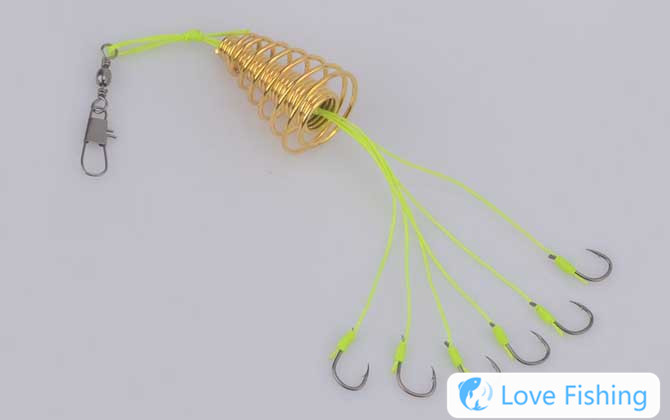
1. Hook group definition
Explosive hooks are a combination hook group that emerged with the popularity of sea rods, also known as bomb hooks, group hooks, etc. The so-called explosion hooks are actually a hook group composed of multiple fish hooks tied together side by side. There are at least 4 to 5 fish hooks, and at most, they can reach more than a dozen. However, 6 to 8 are the most common, and it is most suitable to use casting rods to guard and fish large fish such as carp, grass carp, silver carp, bighead carp, etc. in large water bodies such as rivers, lakes and reservoirs.
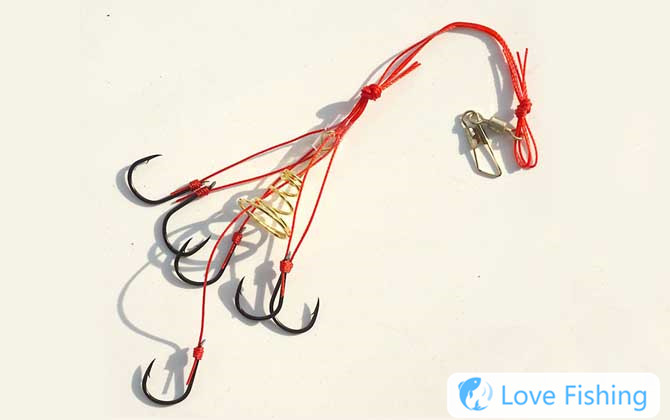
2. Advantages and disadvantages
1. Advantages: The advantages of explosive hooks are mainly reflected in four aspects. First, the explosion hook has a strong fish lure force, the second is the high fishing rate on the explosion hook, the third is that it is not easy to escape after the fish is caught in the explosion hook, and the fourth is that the explosion hook often anchors to the big fish that passes.
2. Disadvantages: The disadvantages of explosive hooks are mainly reflected in three aspects. First, the amount of bait used for explosion hooks is relatively large, the second is that the explosion hook is only suitable for fishing in stationary water bodies such as ponds, reservoirs, lakes, etc., and the third is that the explosion hook is relatively easier to hang on the bottom.
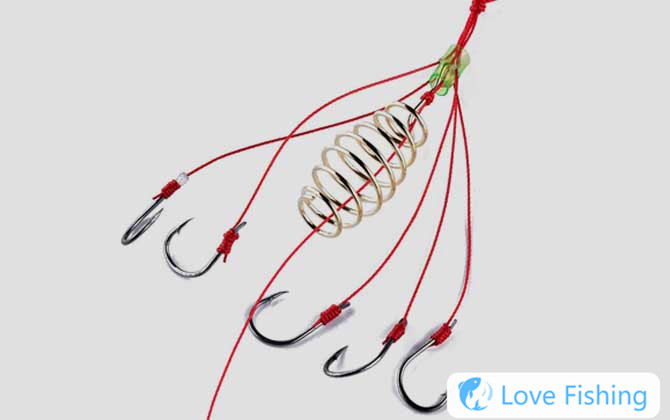
III. Type classification
1. Spring-tailed explosion hook: Spring-tailed explosion hook is a common type of explosion hook, characterized by a metal spring and a tail hook in the middle. The function of the spring is mainly to fix and support bait, while the function of the tail hook is to increase the fishing rate.
2. Springless and tailless explosion hook: Springless and tailless explosion hook is a common type of explosion hook, which is characterized by simple production and low cost. This explosion hook has strict requirements on the viscosity and hardness of the bait, otherwise "the girl scatters flowers" are likely to appear when throwing the rod.
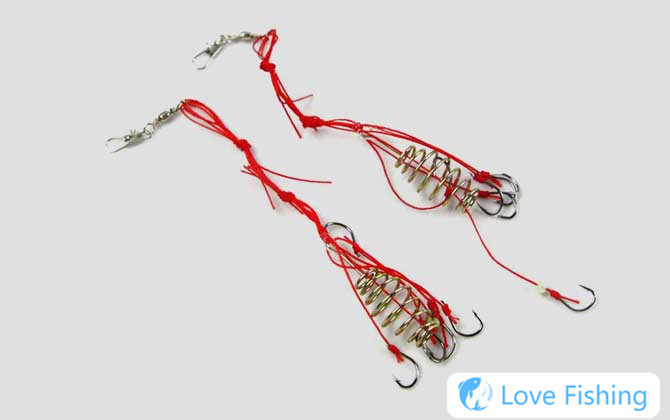
4. Fishing gear matching
1. Fishing rod: Explosive hooks are generally used with sea rods, rock rods and other throwing rods. The rod body should be solid and durable. The length is recommended to be more than 2.1 to 2.4 meters. Fishing wheels generally use spinning wheels.
2. Fishing line: It is generally recommended to use nylon line for explosion hooks, with line number 4.0 or above and length 50 to 150 meters. The specific size of line is determined by factors such as fish condition, water condition, and season.
3. Fish hook: It is generally recommended to use an Iseni hook for explosive hooks. The advantages of the Iseni hook are that it is high in strength and does not easily run away after hitting the fish. You can also use a hook type such as Qianyou hook and Izu hook.
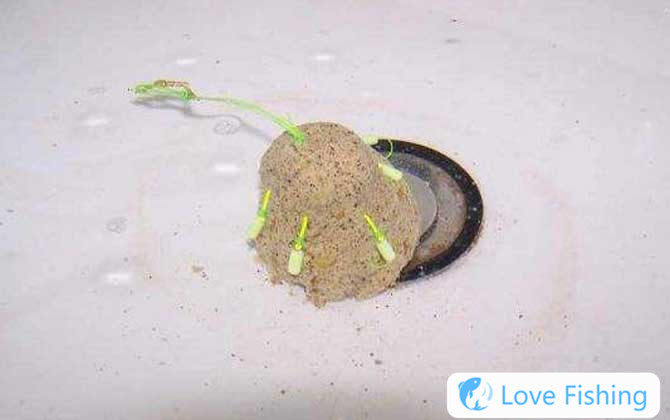
1. Bad: The explosion hooks mainly include spring-tailed explosion hooks and spring-free and tailless explosion hooks. When applying the spring-tailed explosion hooks, use bait to tighten the spring. When applying the spring-free and tailless explosion hooks, use sticky bait or finished square bait with relatively high hardness.
2. Throwing: Shake the fishing reel to make the bait ball 30 to 40 cm away from the tip of the rod. Hold the rod with your right hand and clamp it with your middle finger and ring finger to the fishing reel to connect the back. The first joint of the index finger hooks the fishing line and flip the outgoing ring. Throw the bait hook to the fishing point in the familiar throwing method.
3. Support rod: After the hook bait falls into the water, turn it back to the outgoing ring, shake the handle of the fishing roller to retract the line. When the fishing line is still in a relaxed state, place the sea rod on the bracket, but the elevation angle (the angle formed by the rod body and the ground) should be larger. After the support is completed, a small bell will be clamped on the tip of the rod.
4. Raise the rod: After the fishing rod is supported, watch the reaction, or listen to the ringing of the bell, or look at the tip of the rod. When the tip of the rod swings sharply or the ringing sounds, you can raise the rod backwards, then quickly retract the line, retract a few meters and then lift the rod once. Repeat this several times to make the hook tightly tie the fish's lips.
About us| Privacy Policy| Contact Us
Copyright © 2023-2030 Copyright@Love Fishing XML map